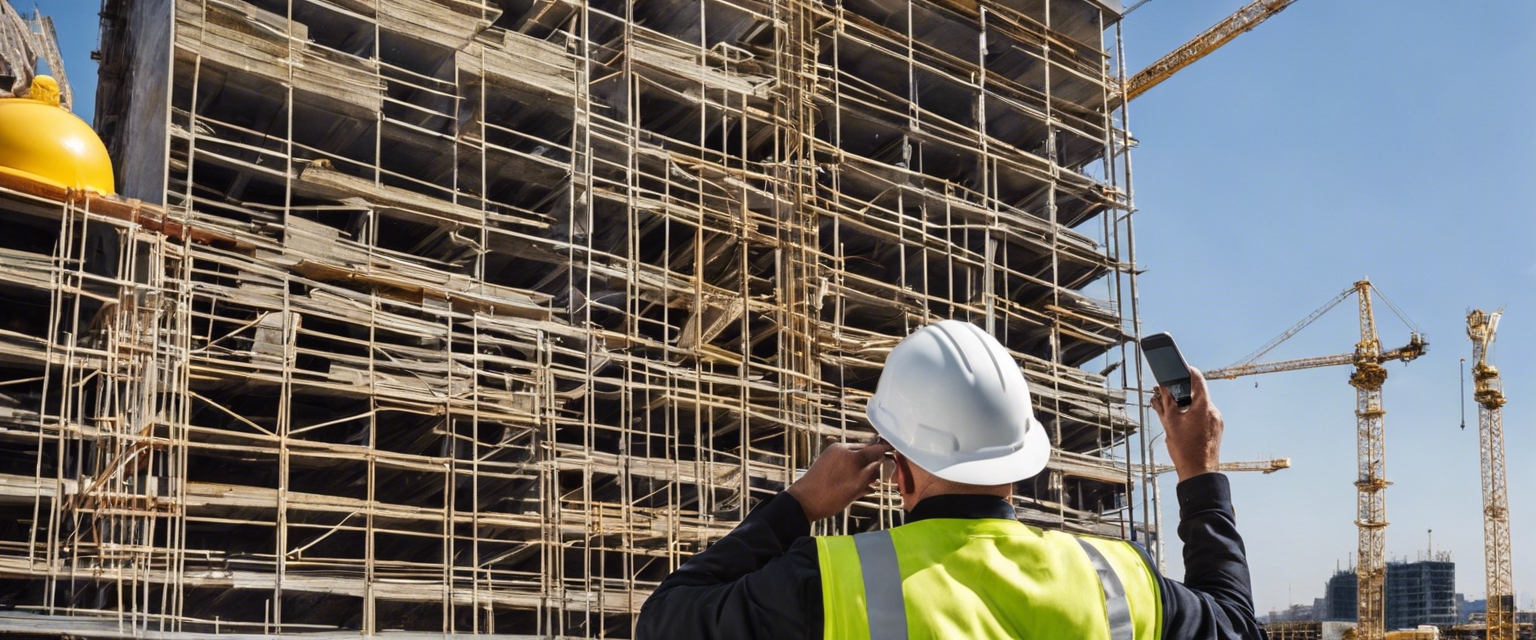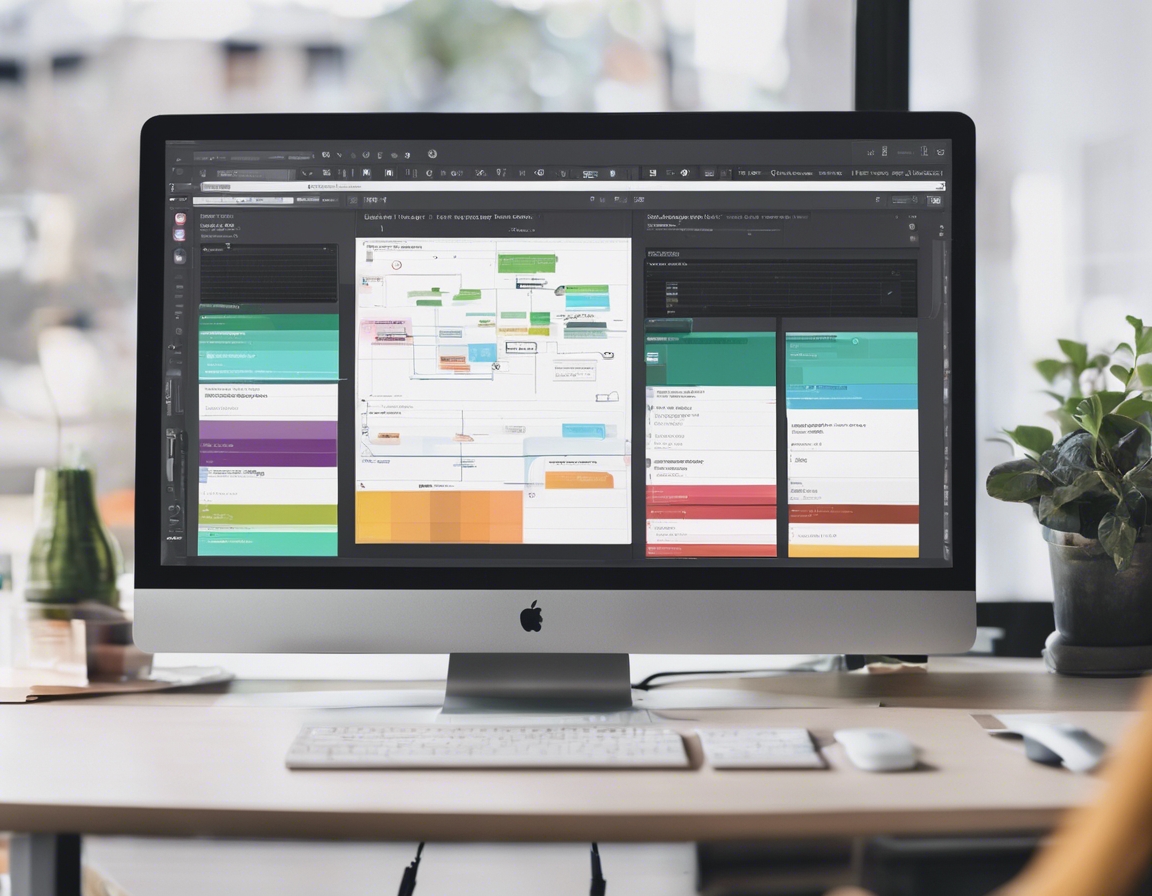5 trends shaping the future of construction
The construction industry is on the cusp of a new era, with innovative trends poised to revolutionize the way we build. Understanding these trends is crucial for any stakeholder in the construction sector, including real estate investors, commercial enterprises, and local governments. Here are five key trends that are shaping the future of construction.
1. Sustainable and Green Building Practices
As the world becomes more environmentally conscious, the construction industry is responding with sustainable building practices. These include the use of renewable materials, energy-efficient designs, and adherence to green certifications and standards.
Construction projects are increasingly utilizing renewable materials such as bamboo, recycled steel, and reclaimed wood. Energy efficiency is also a top priority, with buildings being designed to minimize energy consumption through better insulation, solar panels, and smart energy systems.
Green building certifications like LEED, BREEAM, and WELL are becoming more prevalent, setting the standard for environmentally responsible construction practices and ensuring that buildings meet certain sustainability benchmarks.
2. Technological Advancements in Construction
Technology is transforming the construction industry, making it more efficient and precise. Key technological advancements include Building Information Modeling (BIM) and the use of automation and robotics.
BIM is a digital representation of the physical and functional characteristics of a facility. It allows for better collaboration among stakeholders and can lead to significant cost and time savings.
Automation and robotics are being increasingly adopted in construction to perform repetitive tasks, reduce labor costs, and improve safety. Drones, for example, are used for site surveys and inspections, while robotic arms are used for bricklaying and concrete dispensing.
3. Modular and Prefabricated Construction
Modular and prefabricated construction methods are gaining traction as they offer numerous benefits over traditional construction, including reduced construction times, lower costs, and less waste.
Building components are manufactured off-site in a controlled environment and then transported to the construction site for assembly. This approach minimizes disruptions and can lead to higher quality outcomes.
Despite the pre-built nature of modular construction, there is still ample room for customization. Additionally, the scalability of modular units allows for more flexible design and expansion capabilities.
4. Focus on Safety and Health
The industry is placing a greater emphasis on the safety and health of construction workers. Advanced safety equipment and health monitoring technologies are becoming standard on construction sites.
Innovations in safety gear, such as smart helmets and exoskeletons, are enhancing worker protection and reducing the risk of injury.
Wearable devices that monitor vital signs and environmental sensors that detect hazardous conditions are being used to maintain a safe and healthy work environment.
5. Collaborative Project Delivery Methods
Collaborative project delivery methods, such as Integrated Project Delivery (IPD) and Public-Private Partnerships (PPPs), are reshaping the construction process by fostering cooperation among all parties involved.
IPD brings together people, systems, business structures, and practices into a process that collaboratively harnesses the talents and insights of all participants to optimize project results.
PPPs involve collaboration between government entities and private companies to fund and manage construction projects, often leading to innovative solutions and shared risks and rewards.






Comments (0)